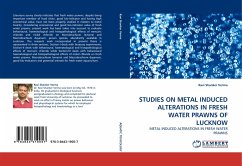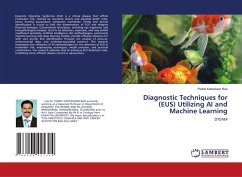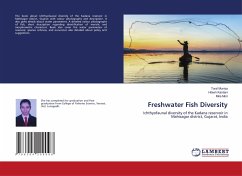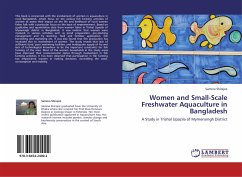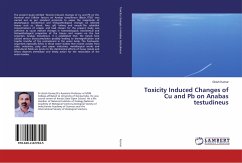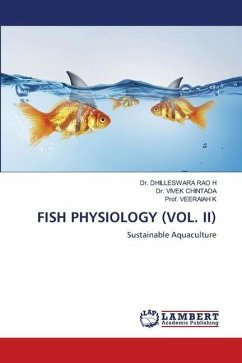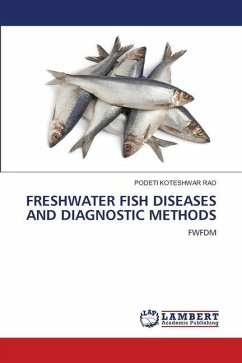
FRESHWATER FISH DISEASES AND DIAGNOSTIC METHODS
FWFDM
Versandkostenfrei!
Versandfertig in 6-10 Tagen
40,99 €
inkl. MwSt.

PAYBACK Punkte
20 °P sammeln!
Aquaculture in India has a long history; there are references of fish culture in Kautilya's Arthashastra (321300 B.C.) and King Someswara's Manasoltara (1127 AD). The traditional practice of fish culture in small ponds and lakes in Eastern India is known to have existed for hundreds of years; significant advances were made in the state of West Bengal in the early nineteenth century with the controlled breeding of carp in bundhs (tanks or impoundments where river conditions are simulated. Fish culture received notable attention in Tamil Nadu as early as 1911, subsequently, states such as Punjab...
Aquaculture in India has a long history; there are references of fish culture in Kautilya's Arthashastra (321300 B.C.) and King Someswara's Manasoltara (1127 AD). The traditional practice of fish culture in small ponds and lakes in Eastern India is known to have existed for hundreds of years; significant advances were made in the state of West Bengal in the early nineteenth century with the controlled breeding of carp in bundhs (tanks or impoundments where river conditions are simulated. Fish culture received notable attention in Tamil Nadu as early as 1911, subsequently, states such as Punjab, Uttar Pradesh, Gujarat, Karnataka and Andhra Pradesh initiated' fish culture through the establishment of Fisheries Departments (FAO). Aquaculture is expanding with the fast development. However unmanaged fish culture practices and adverse environmental conditions affect the fish health leading to production loss. The most important drawback of large-scale commercial culture of several fish species is the deficiency of quality seed with uniform size and disease free at the time of stocking in culture ponds.







